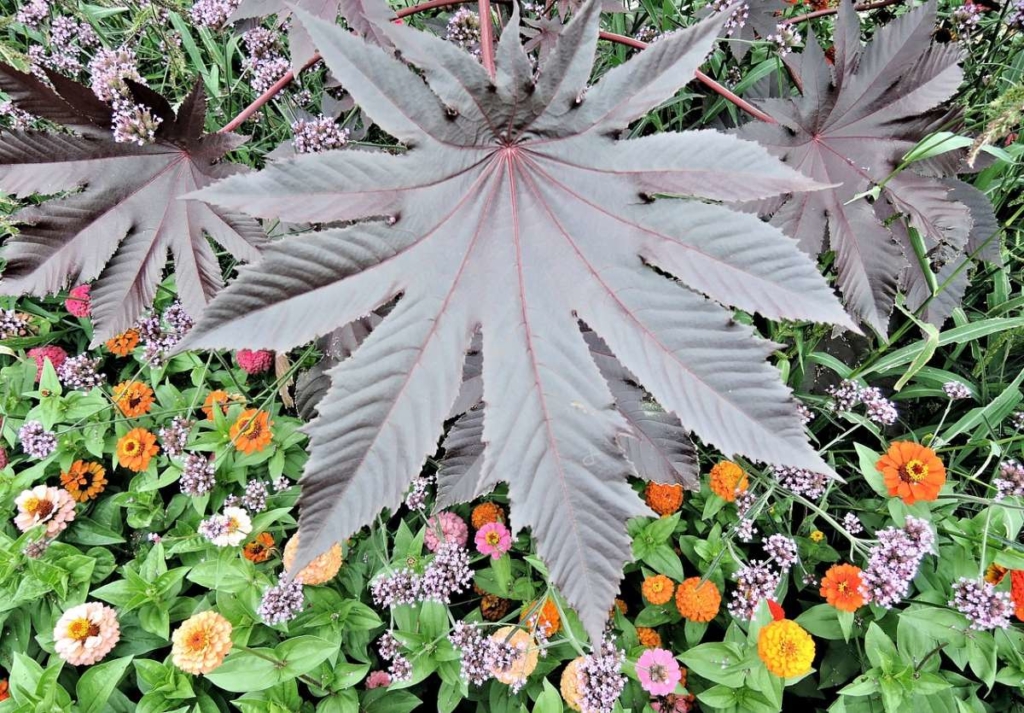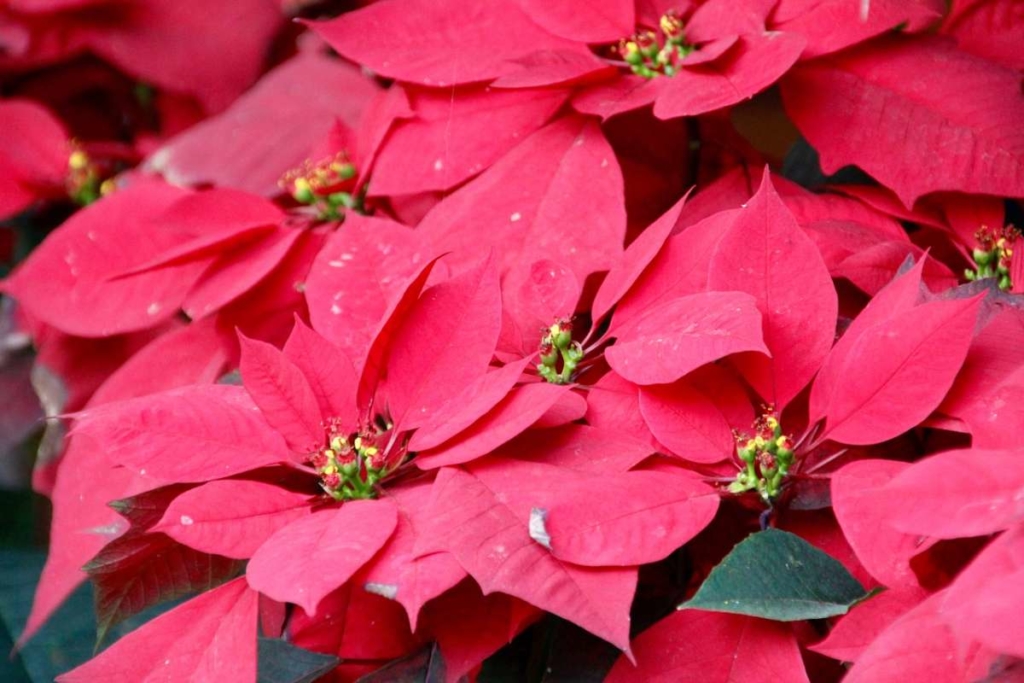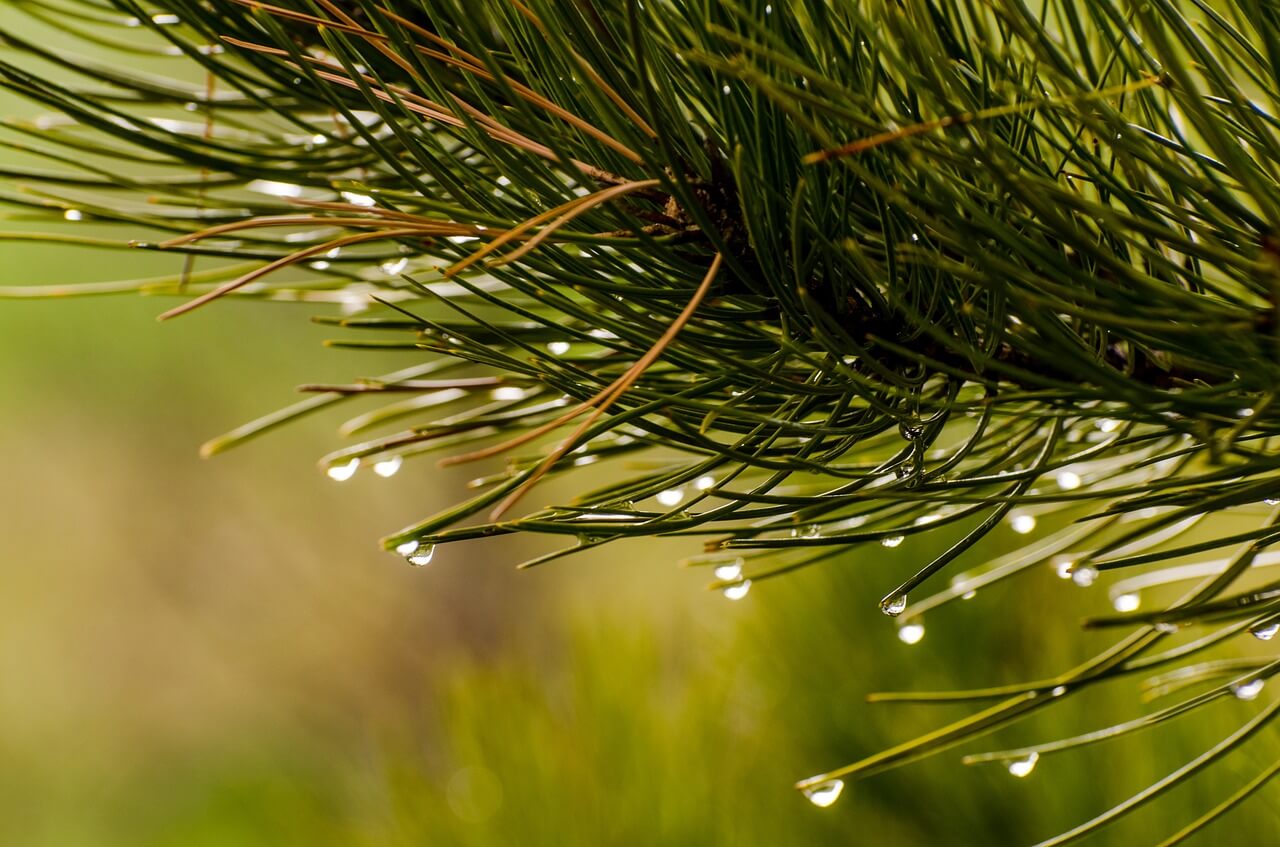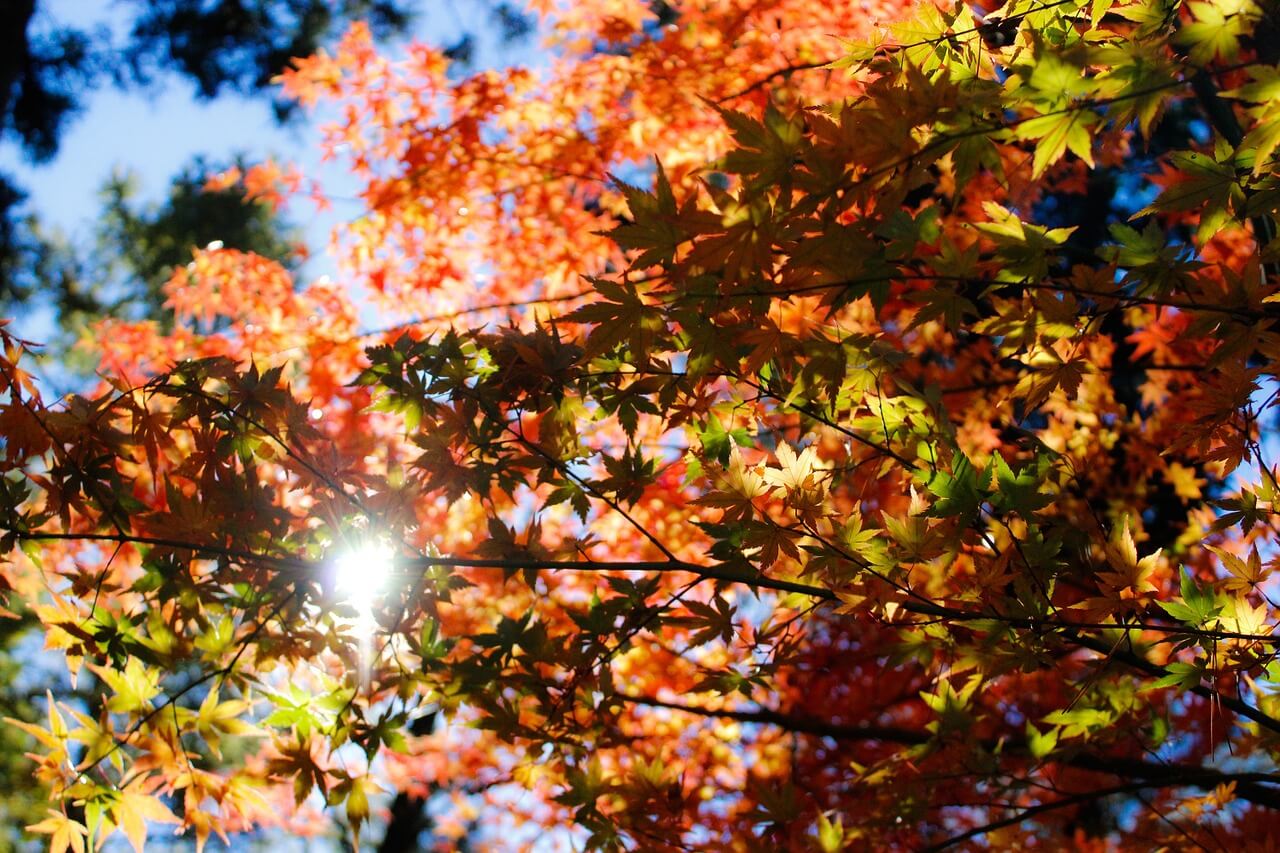Iron Chlorosis – it sounds like a serious problem for your trees, but it is actually a fairly common problem in Colorado. It just means that your trees have an iron deficiency, and how that relates to their health is their ability to make chlorophyll.
Let’s review a quick science lesson to run through how plants gain nutrients:
- Plants and trees use the very important process of photosynthesis to gain energy from the sun through the leaves. It provides the nutrients and energy for the plant or tree to grow and also releases oxygen into the air.
- Photosynthesis is possible through chlorophyll – the nutrients allow for pigmentation in the leaves, which in turn, promotes photosynthesis.
- Chlorophyll is made with a few key nutrients – nitrogen, magnesium, and of course – iron.
- Without enough iron, the tree or plant is not able to produce enough chlorophyll to allow for photosynthesis, so its health will suffer.
How can you treat iron chlorosis?
Starting with the soil, nutrients can be implemented to lower the soil pH, but this is often ineffective if the tree has already displayed the warning signs of iron chlorosis (yellowing leaves with green veins). Sprays and injections are the best course of action to correct this issue.
Spraying the leaves with an iron solution can lessen the effects and promote chlorophyll production to help the overall health of the tree, but this must be done with great care. Sometimes these sprays can stain surfaces a reddish color due to the metallic compound, so sidewalks or walls near the tree must be protected or avoided by professional care. Another issue that comes with the leaf spray is the time – it is often only a benefit for a few weeks, and can be very troublesome to reach the entirety of the tree if it is large.
Treatment for Iron Chlorosis
The best and most effective method for treating iron chlorosis is trunk injections. These injections are focused on the base of the tree and allow the iron and nutrients to reach the roots more directly, and much faster. Holes are drilled in the trunk of the tree to allow for direct access. It is best to leave this task to the professionals for two reasons:
1) The tools required for a proper injection are not readily available to homeowners, and
2) These holes can allow for pests and disease to enter the base of the tree if not performed properly – causing more issues in the future.
With the correct treatment plan, you can save your tree from its iron chlorosis demise and promote new growth and prosperity! If you notice your tree’s leaves slowly turning yellow on the outermost leaves, make sure to call your local tree service to assess the situation. There is a big difference between this iron deficiency and normal fall changes, so it is best to contact an expert if you have any uncertainty.
American Arbor Care offers the best tree care in Denver and is ready to help you maintain your tree’s health. Contact our team today to learn more about iron chlorosis or follow us on Facebook for more tips and advice to keep your plants healthy all year.







